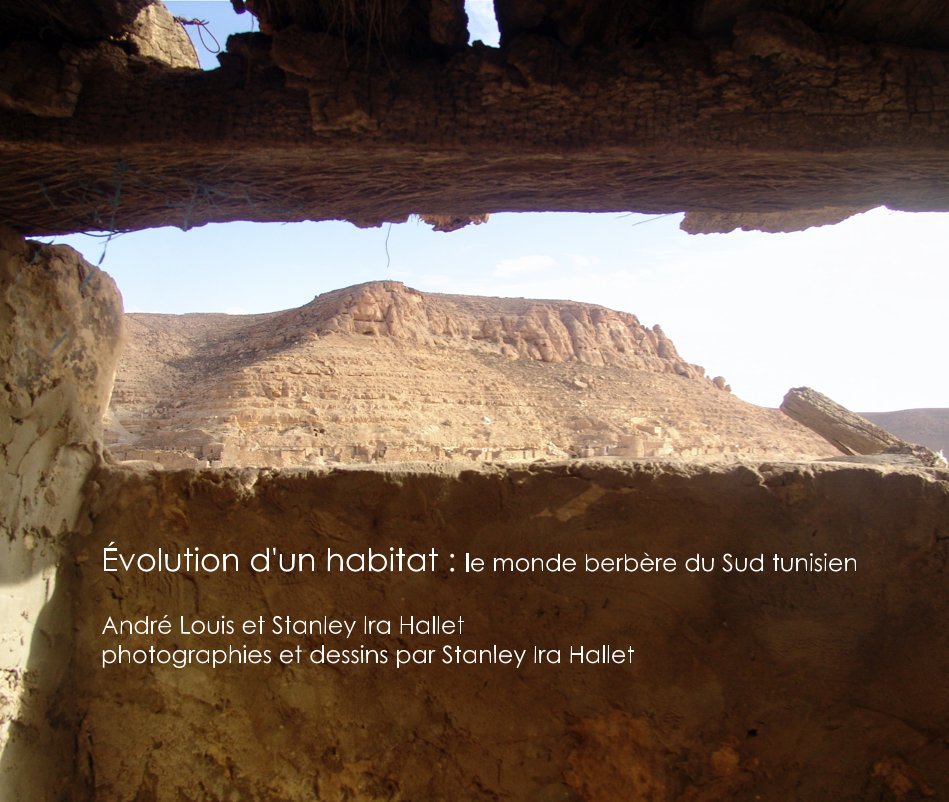Évolution d'un habitat : le monde berbère du Sud tunisien
de André Louis-Stanley Ira Hallet
Voici le prix vu par vos clients. Éditer la liste des prix
À propos du livre
Évolution d’un habitat: le monde Berbère du Sud tunisien, IISBN 978-1-4507-6449-0, documents a remarkable group of villages found in the mountains of Southern Tunisia where the Berbers many centuries ago sought refuge from the invading Arabs who were occupying the plains below. Prepared by the distinguished ethno-anthropologist Père André Louis and me, the initial publication by the French research group, CNRS, was interrupted by the untimely death of Père André Louis in 1978. Much of the original material was believed to have been lost during the process of publication in the late 1970s. Over the last two years I have reassembled the original French text and scanned over one thousand 35 mm Kodachrome slides taken over forty years ago. These photographs have become a rare record of the state of the Berber villages at that time. I also found and restored the accompanying conceptual drawings and an original set of black and white photographic prints taken with a large format camera.
The collaboratively written text provides the historic, geological and cultural context that ultimately transformed and defined the village forms we encountered. I have also added a prologue and epilogue in English and French. The book presents a unique approach to studying traditional village form, one that stresses the radical changes the village forms underwent during their descent from their once defensive mountain peaks. Even if you do not understand French, you should find the drawings and photographs self-explanatory as they are a great value to those studying traditional architecture.
The collaboratively written text provides the historic, geological and cultural context that ultimately transformed and defined the village forms we encountered. I have also added a prologue and epilogue in English and French. The book presents a unique approach to studying traditional village form, one that stresses the radical changes the village forms underwent during their descent from their once defensive mountain peaks. Even if you do not understand French, you should find the drawings and photographs self-explanatory as they are a great value to those studying traditional architecture.
Caractéristiques et détails
- Catégorie principale: Architecture
-
Format choisi: Grand format paysage, 33×28 cm
# de pages: 160 - Date de publication: oct 07, 2011
- Langue French
- Mots-clés Traditional Architecture, Tunisia, Berbers
Voir plus
À propos du créateur
Stanley Hallet
Washington, DC
Former Dean and Professor Emeritus of Architecture, School of Architecture and Planning, The Catholic University of America, Washington, DC, Studio Head Paris, France, Former Fulbright to the University of Kabul, Former Peace Corps Volunteer, Tunisia, Fellow of the American Institute of Architects


